
History museums in Sweden – bringing the past to life
From Viking sagas to underground mines, Sweden's history museums invite you on a journey through time. Across the country, castles, open-air museums and immersive exhibitions tell the stories that shaped Sweden – and the world beyond.
The Viking Museum, Stockholm
The Viking Museum is a relatively new museum located on the island of Djurgården in Stockholm. It is Sweden's only experiential museum entirely about Vikings. Through historical facts, personal stories and exciting environments, myth and truth are woven together.
Photo: Emmie Bolmstedt/Visit Sweden

The Viking Museum, Stockholm
Photo: Emmie Bolmstedt/Visit Sweden

The Swedish History Museum, Stockholm
Photo: Daniel Gustafsson, Historiska museet/SHM
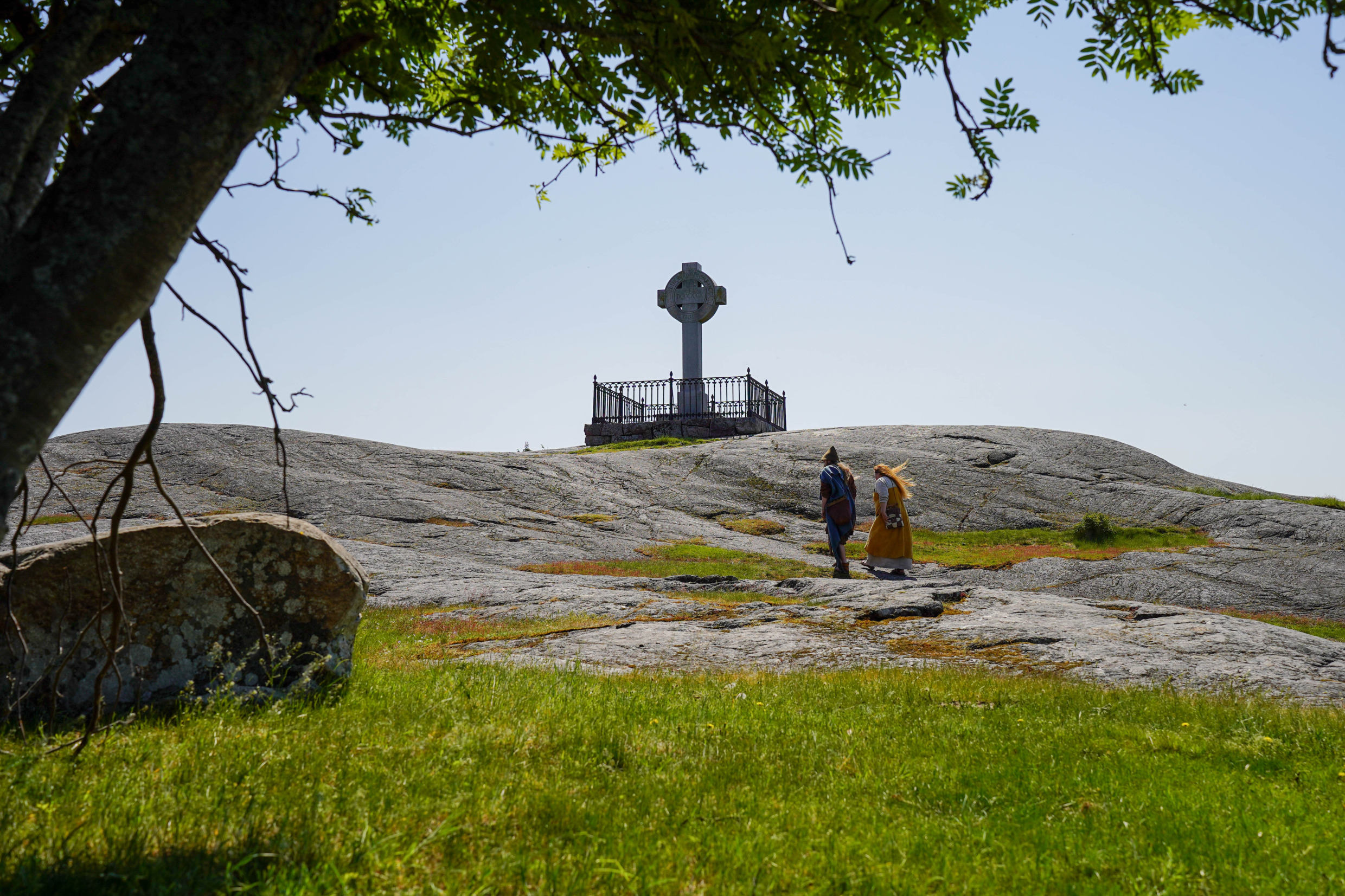
Guided tour, Birka the Viking Village
Photo: Emmie Bolmstedt/imagebank.sweden.se

The Gotland Museum
Photo: Gotlands Museum
Viking museums and sites in Sweden
The Viking Age continues to fascinate, and Sweden is rich in museums that bring this period to life. Through archaeological finds, dramatic storytelling and immersive environments, you’ll get a glimpse into the lives of these legendary seafarers.
- The Viking Museum, Stockholm: Dive into the myths and realities of Viking life with lifelike displays, a scenic ride through a Viking saga and hands-on experiences that suit all ages.
- The Swedish History Museum, Stockholm: Home to one of the world’s largest Viking exhibitions. Don’t miss the Gold Room, showcasing nearly 3,000 gold objects from Sweden’s prehistory.
- Birka – The Viking City, Björkö: Step ashore at Sweden’s first city and a UNESCO World Heritage Site. With reconstructed houses, a Viking museum and guided tours, Birka offers an immersive glimpse into early urban life.
- Gotland Museum, Visby: Explore Gotland’s unique Viking heritage through picture stones, grave finds and artefacts. In the Treasury, admire Europe’s largest silver hoard – weighing 67 kilos.
The Royal Palace
The Royal Palace of Stockholm is His Majesty The King's official residence and is also the setting for most of the monarchy's official receptions. The palace is a daily place of work for The King and Queen as well as for the various departments that make up the Royal Court.
Photo: Ola Ericson/imagebank.sweden.se
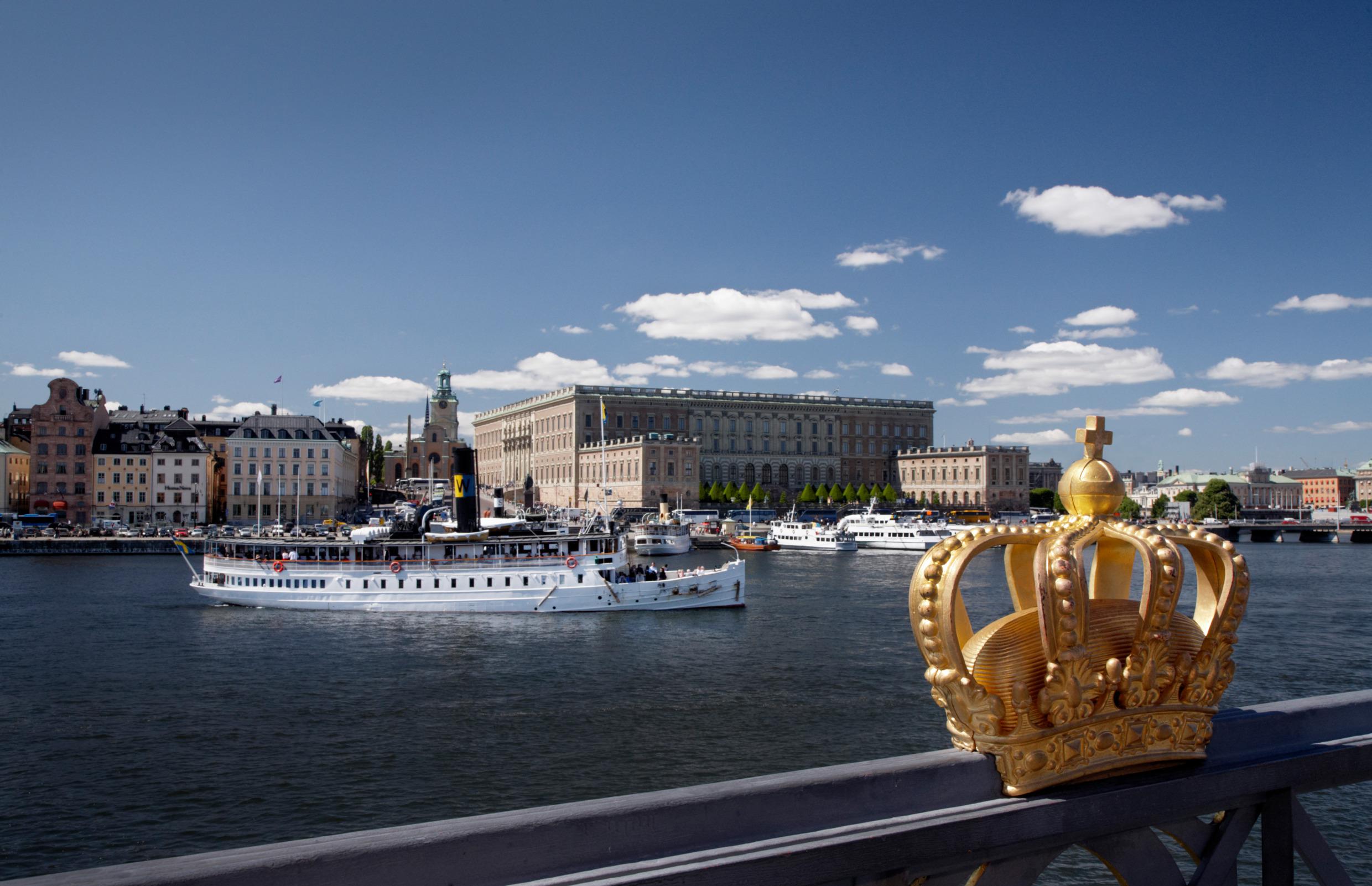
The Royal Palace
Photo: Ola Ericson/imagebank.sweden.se
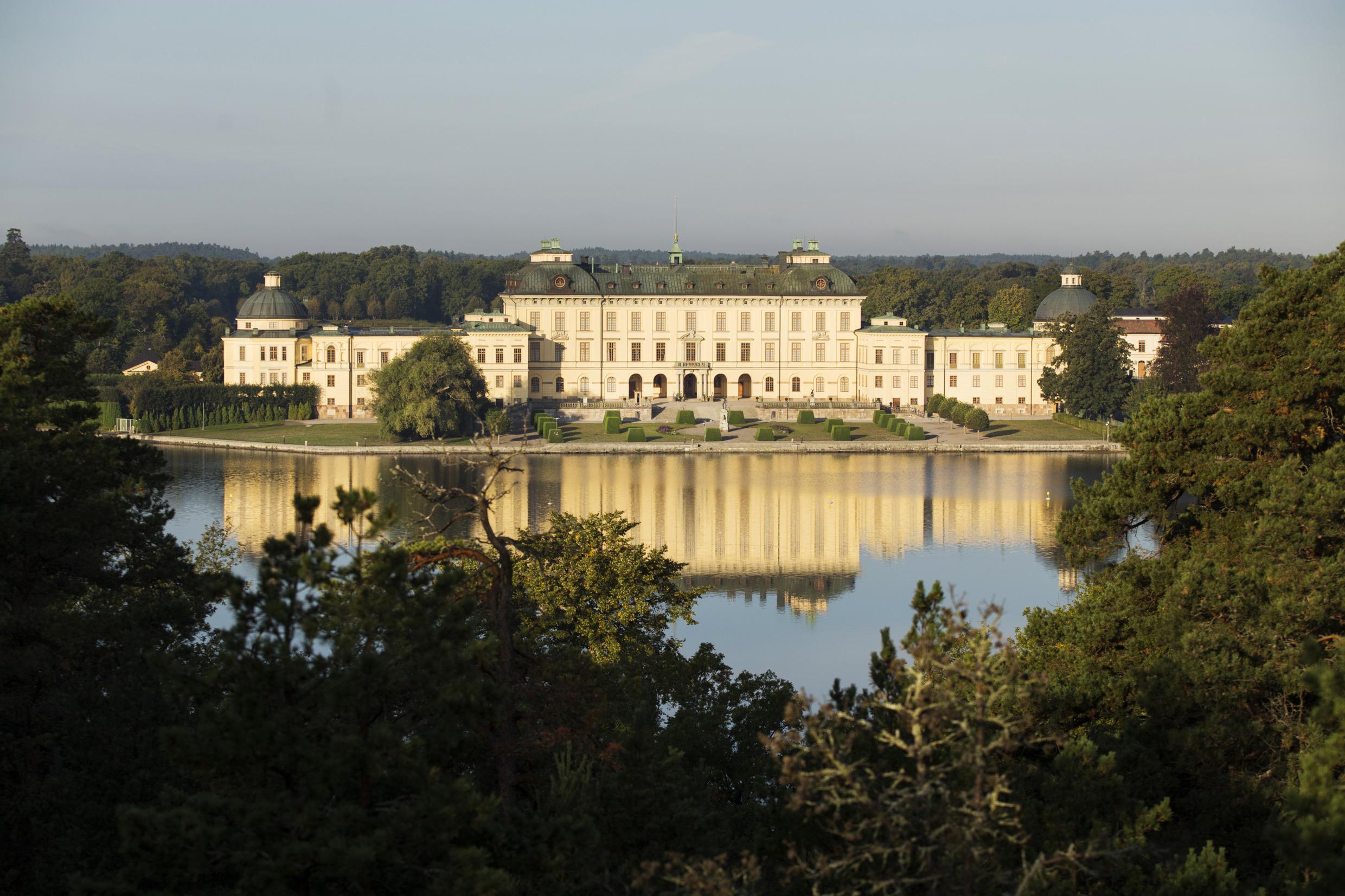
Drottningholm Palace
Photo: Melker Dahlstrand/imagebank.sweden.se
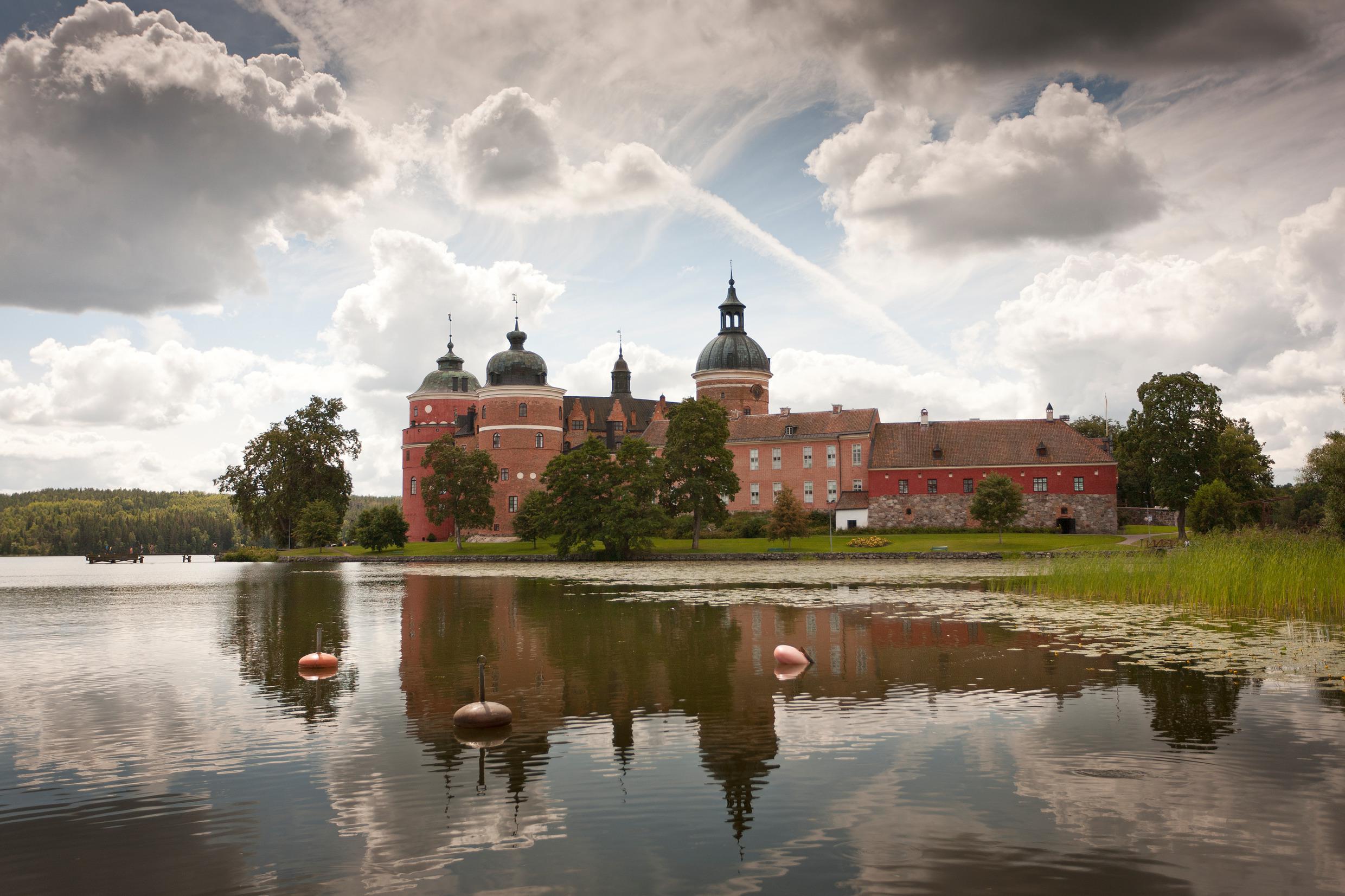
Gripsholms Castle
Photo: Mattias Leppäniemi/imagebank.sweden.se

Läckö Castle
Photo: Per Pixel Petersson/imagebank.sweden.se

Kalmar Castle
Photo: Malcolm Hanes/Johnér/imagebank.sweden.se

Skokloster Castle
Photo: Jens Mohr/Skoklosters slott
Royal castles where history reigns
Sweden's royal palaces are more than just majestic landmarks – they’re also windows into centuries of regal tradition, power and art. Several of them welcome visitors year-round.
- The Royal Palace, Stockholm: One of Europe’s largest and most active royal residences, this baroque palace is open to the public and houses three museums: the Treasury, the Royal Armoury and the Museum Tre Kronor.
- Drottningholm Palace, outside Stockholm: A UNESCO World Heritage Site and the permanent home of the royal family. Don’t miss the perfectly preserved 18th-century Court Theatre and expansive gardens.
- Gripsholm Castle, Mariefred: A Renaissance castle nestled on the shores of Lake Mälaren, famous for its round towers and Sweden’s national portrait gallery.
Historic castles turned into museums
Beyond the royal realm, Sweden has plenty of historic castles that now serve as museums. Here are three worth visiting:
- Läckö Castle, Lidköping: A fairytale-like baroque castle with exhibitions on medieval nobility and the natural surroundings of Lake Vänern.
- Kalmar Castle: Steeped in history, this 12th-century stronghold played a key role in Nordic politics. Today, it hosts exhibitions, events and family-friendly activities.
- Skokloster Castle: One of Europe’s finest baroque castles, with preserved interiors, a historic armoury and temporary exhibitions in art and history.
Swedish Air Force Museum, Linköping
The wreckage of the DC-3 aircraft, shot down during the Cold War, is a powerful centrepiece at the Swedish Air Force Museum in Linköping.
Photo: Flygvapenmuseum

Swedish Air Force Museum, Linköping
Photo: Flygvapenmuseum
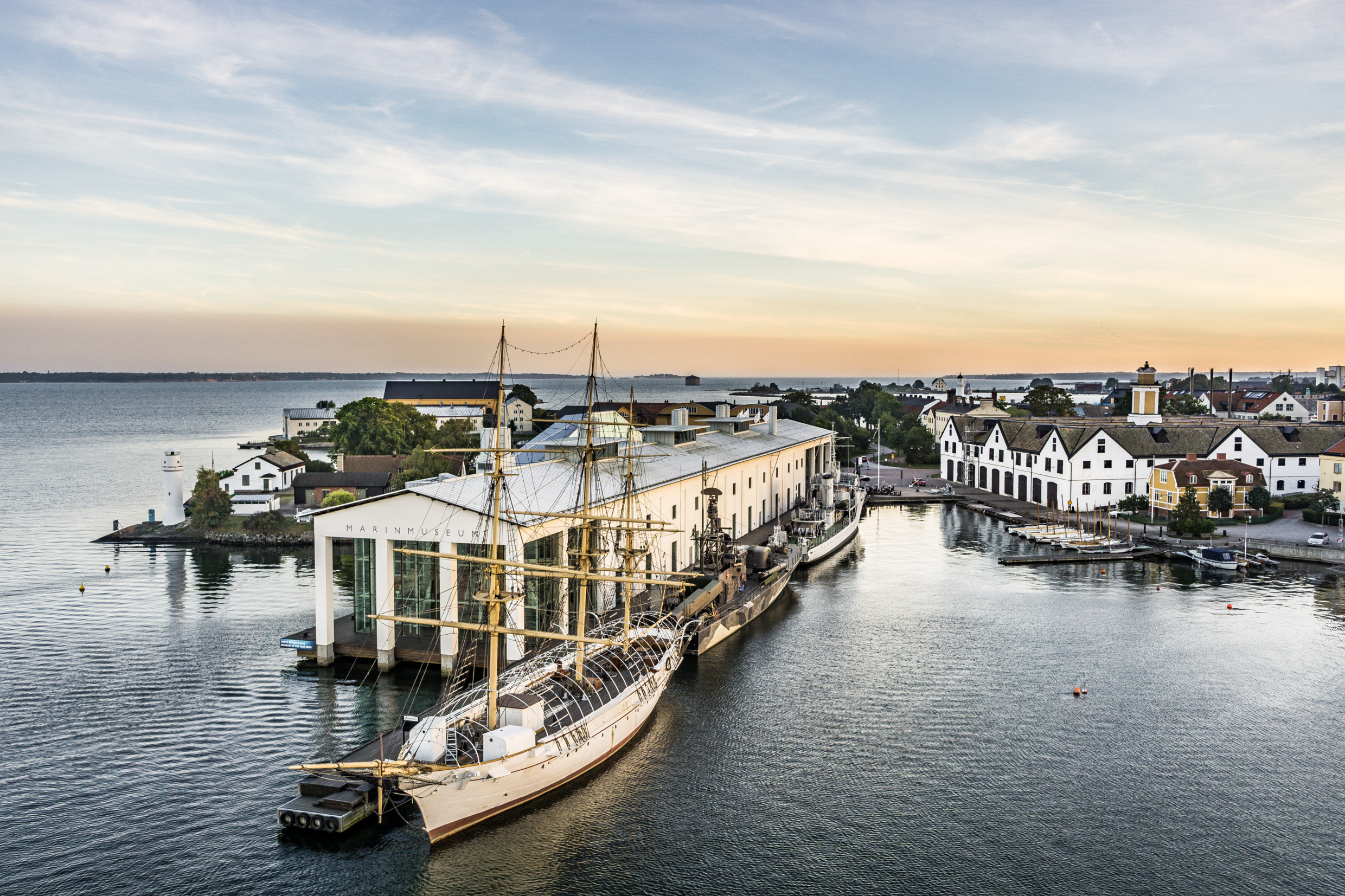
Naval Museum, Karlskrona
Photo: Per Pixel Petersson/imagebank.sweden.se
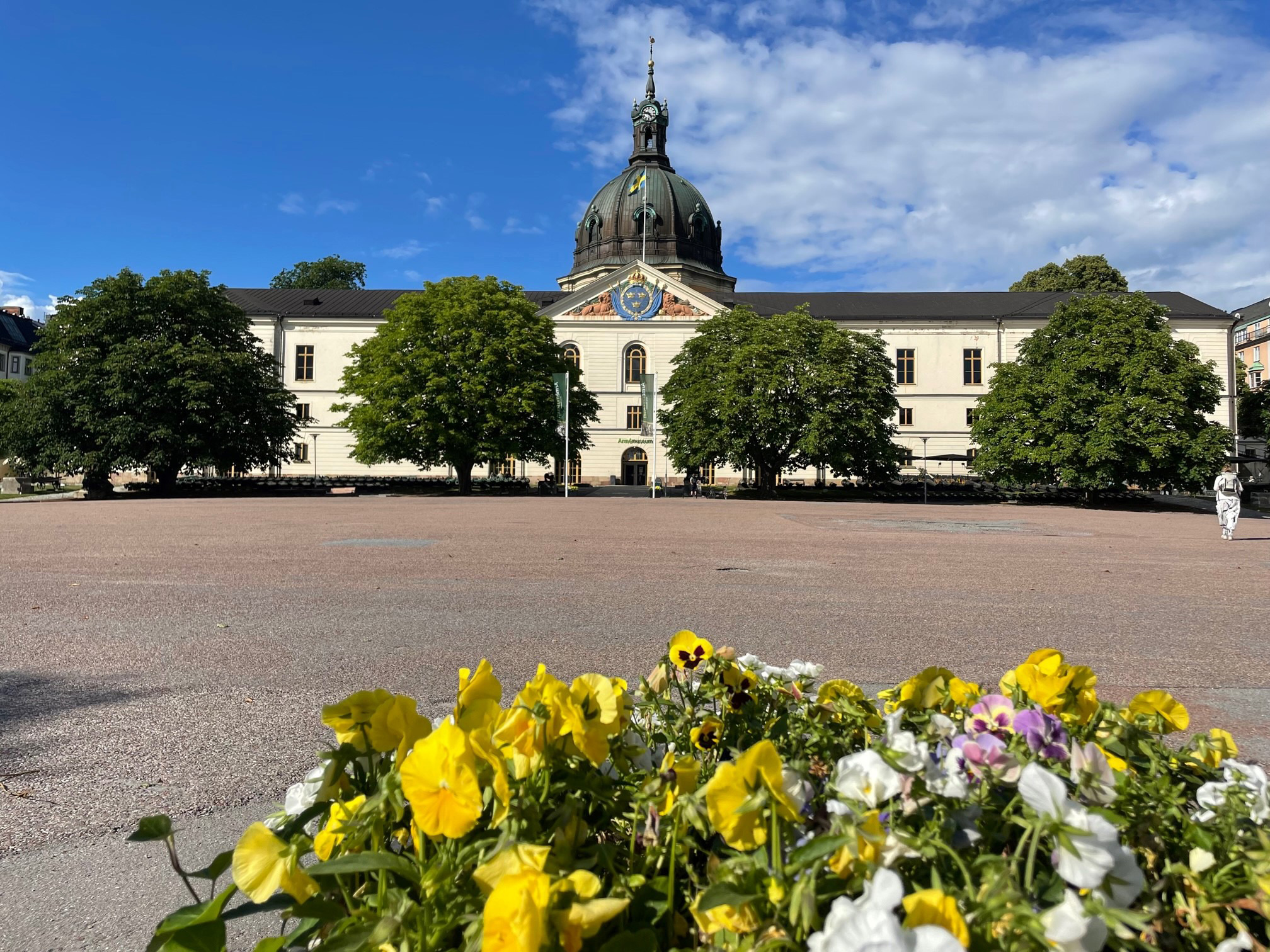
Army Museum, Stockholm
Photo: Sara Krüger/Armémuseum
Military history on land, sea and in the air
Sweden’s military history museums offer powerful glimpses into the nation’s defence legacy – from the high seas and army life to Cold War air power.
- Swedish Air Force Museum, Linköping: Discover the story of Swedish aviation through an impressive collection of aircraft, including Cold War jets and a DC-3 that was shot down in 1952.
- Naval Museum, Karlskrona: Located at Sweden’s key naval base, this museum showcases centuries of maritime defence, including a real submarine visitors can step inside.
- Army Museum, Stockholm: From medieval battles to modern peacekeeping missions, the museum tells the story of Sweden’s armed forces and how war has shaped society.
Skansen, Stockholm
Inside Skansen’s shoemaker’s workshop, visitors can experience traditional crafts up close and learn how people once lived and worked.
Photo: Sara Kollberg/Skansen

Skansen, Stockholm
Photo: Sara Kollberg/Skansen

Jamtli open-air museum, Östersund
Photo: Darren Hamlin/Jämtland Härjedalen Turism

Wadköping, Örebro
Photo: Lasse Hallmén/Örebro
Step back in time – history you can walk through
Some museums don’t just display history – they let you step straight into it. Across Sweden, there are immersive open-air museums and historic environments where costumed interpreters recreate life as it once was. These places are especially fun for families.
- Skansen, Stockholm: The world’s oldest open-air museum, with historic houses, working farmsteads and live demonstrations of traditional crafts. You’ll meet costumed guides, hear folk music and experience Sweden through the seasons.
- Jamtli, Östersund: A cultural history museum that comes alive in summer with 'Historyland' – an open-air stage set where actors bring the past to life in scenes from Swedish everyday life across the centuries.
- Wadköping, Örebro: A charming open-air quarter with historic buildings, craft shops, cafés and exhibitions. A great way to experience the atmosphere of a Swedish town in the 1800s.
Falu Mine, Dalarna
The Falu Mine is situated in Falun in Dalarna and is listed as a UNESCO World Heritage Site.
Photo: Visit Dalarna

Falu Mine, Dalarna
Photo: Visit Dalarna

The Glass Factory, Småland
Photo: The Glass Factorys arkiv

The Museum of Work, Norrköping
Photo: Fredrik Schlyter/imagebank.sweden.se
Discover Sweden’s industrial heritage
Sweden’s transformation into an industrial power left behind a rich legacy of innovation, craftsmanship and working life. Today, several museums and historic sites tell the story of this dramatic societal shift.
- Falu Mine, Falun: A UNESCO World Heritage Site and once one of the world’s most important copper mines. Join a guided tour deep underground and explore how "the great pit" powered Sweden’s economy for centuries.
- The Glass Factory, Boda Glasbruk: A living museum in the heart of Sweden’s “Kingdom of Crystal”. Watch master glassblowers in action and explore exhibitions on the cultural and economic impact of glass production.
- The Museum of Work, Norrköping: Housed in a former weaving mill, this museum brings the story of Swedish working life to life – from industrialisation and union movements to today’s flexible job market.
Museum of World Culture, Gothenburg
Exhibition at the Museum of World Culture in Gothenburg, one of Sweden's four National Museums of World Culture.
Photo: Carl Jirestedt

Museum of World Culture, Gothenburg
Photo: Carl Jirestedt

Museum of Ethnography, Stockholm
Photo: Karl Zetterström/Världskulturmuseet

Inside the Museum of Mediterranean and Near Eastern Antiquities
Photo: Johan Fowelin
Explore cultures from across the globe
Sweden’s four National Museums of World Culture offer fascinating insights into the diversity of global civilisations. These museums highlight human creativity, beliefs and ways of life throughout the ages – and across continents.
- Museum of World Culture, Gothenburg: A contemporary museum exploring pressing global issues through art, exhibitions and storytelling. Themes include identity, migration and cultural encounters.
- Museum of Ethnography, Stockholm: Discover everyday objects and sacred items from Africa, the Americas, Asia and Oceania. The museum sheds light on human traditions, beliefs and craftsmanship across time.
- Museum of Far Eastern Antiquities, Stockholm: Home to Sweden’s largest collection of East Asian artefacts, this museum explores ancient and modern cultures from China, Japan, Korea and beyond. Currently closed for renovations, will reopen in 2026.
- Museum of Mediterranean and Near Eastern Antiquities, Stockholm: Dive into the ancient worlds of Egypt, Greece, Rome and Mesopotamia. Highlights include mummies, sculptures and one of Europe’s best collections of Cypriot antiquities.
Ájtte Museum in Jokkmokk
Learn about the story of Sápmi and its people at Ájtte Museum. The museum offers different exhibitions for you to explore.
Photo: Ájtte museum/Åsa Sundqvist

Ájtte Museum in Jokkmokk
Photo: Ájtte museum/Åsa Sundqvist

Railway Museum, Gävle
Photo: Daniel Bernstål/Järnvägsmuseet CC-BY

The Museum of Natural History, Stockholm
Photo: Emakina
More history museums worth visiting in Sweden
Not all museums fit neatly into one category – some cover unexpected topics, combine science and history, or stand out thanks to their unique collections and locations. Here are a few you shouldn’t miss:
- Ájtte, the Swedish Mountain and Sami Museum, Jokkmokk: A cultural centre dedicated to the Indigenous Sámi people and the nature and history of Sápmi. Exhibitions cover traditional Sámi life, spirituality, duodji (crafts), and the impact of colonisation and modernisation.
- The Swedish Railway Museum, Gävle: Take a nostalgic journey through Swedish rail history. Explore royal carriages, steam engines and exhibitions that connect transport with social change.
- The Museum of Natural History, Stockholm: While primarily a science museum, its exhibitions on the Ice Age, ancient ecosystems and human evolution offer deep historical context. The Cosmonova IMAX theatre is a bonus for families.
Wherever you go in Sweden, you’re never far from a museum that brings the past to life. Whether you’re stepping into a Viking longhouse, wandering through a royal palace or boarding a vintage train carriage, Sweden’s history museums offer countless ways to explore the nation’s past – and the stories that helped shape the world.



